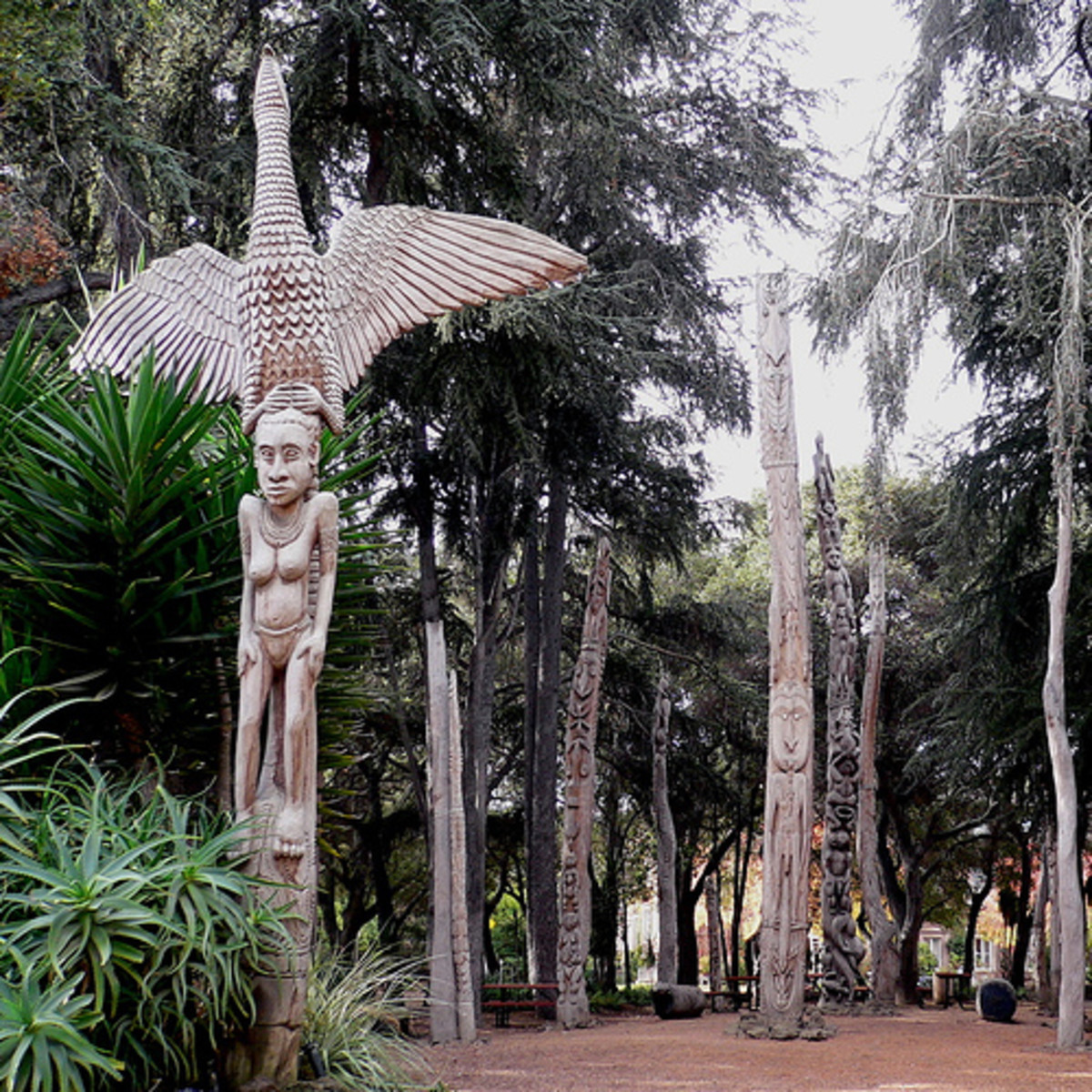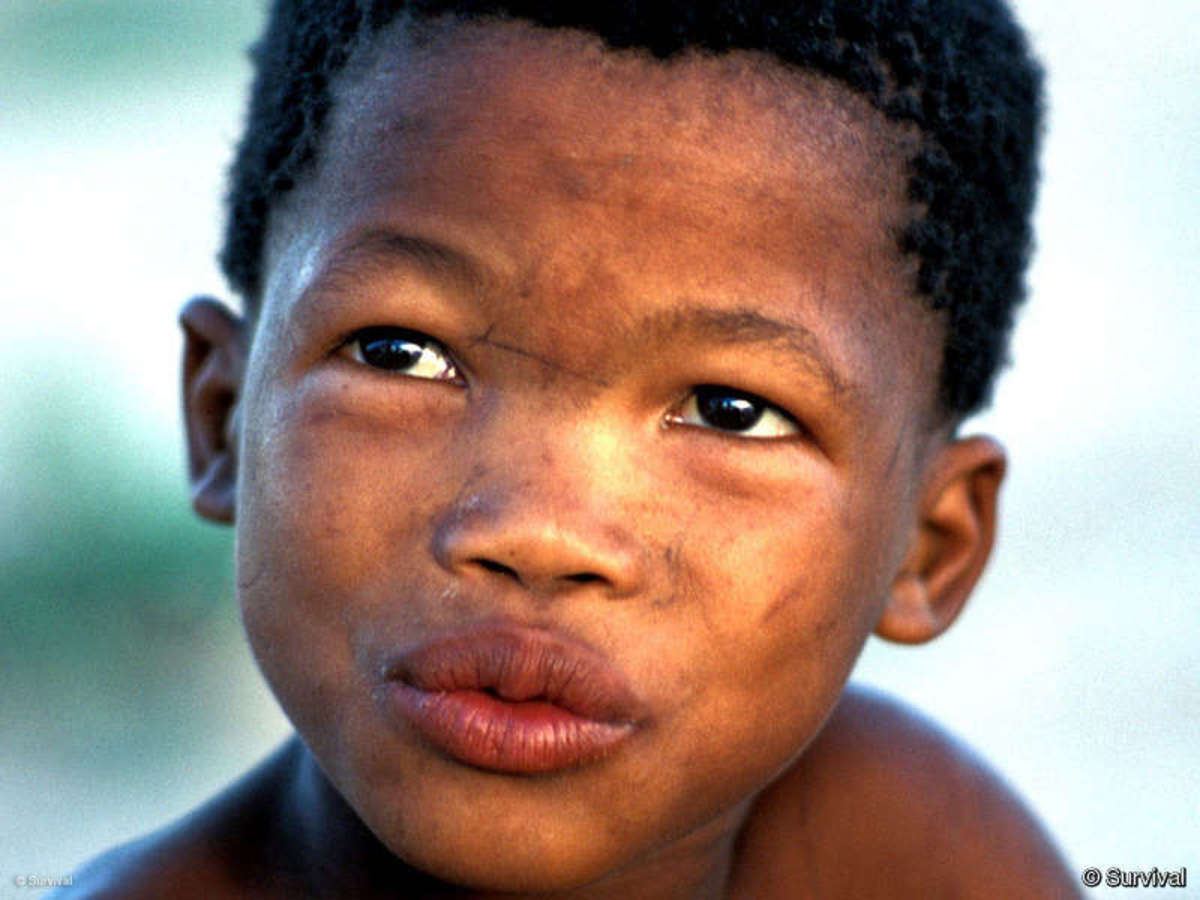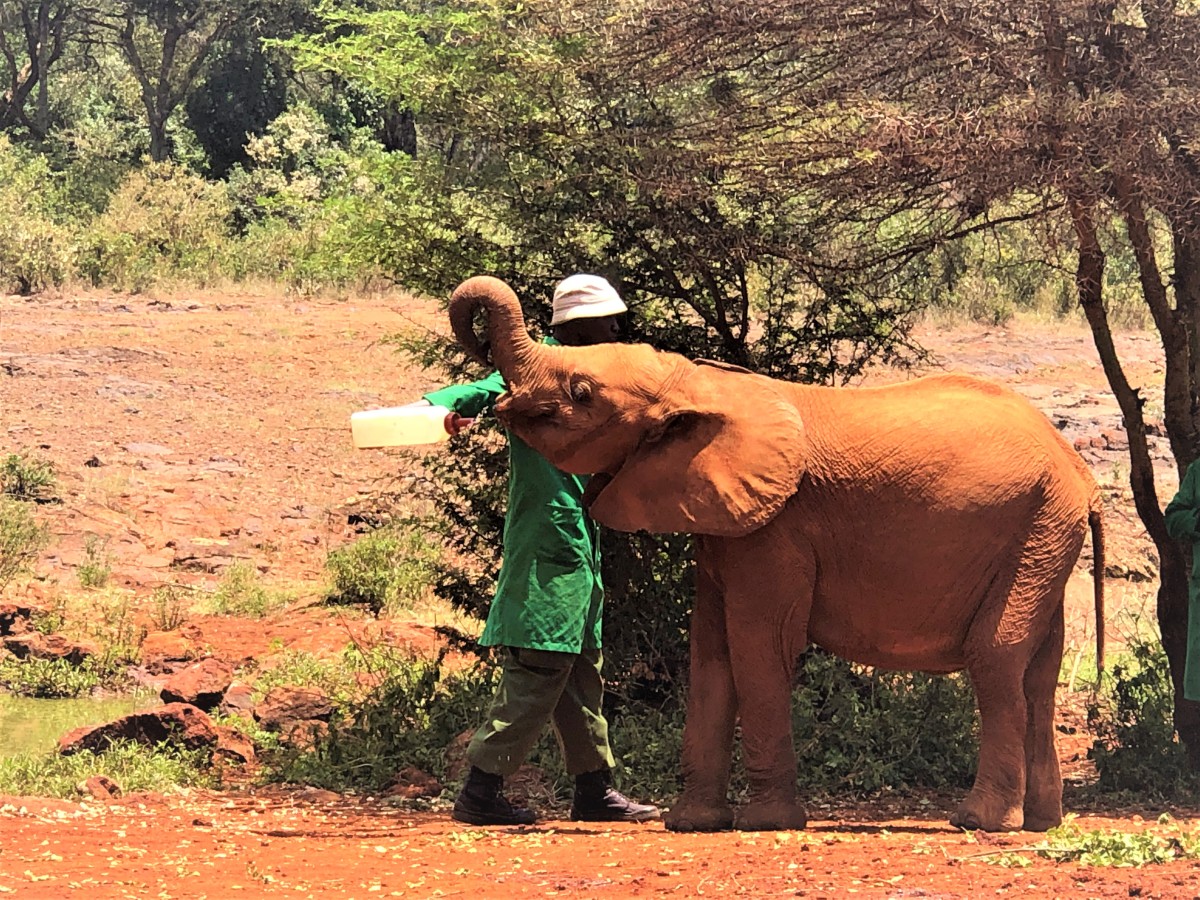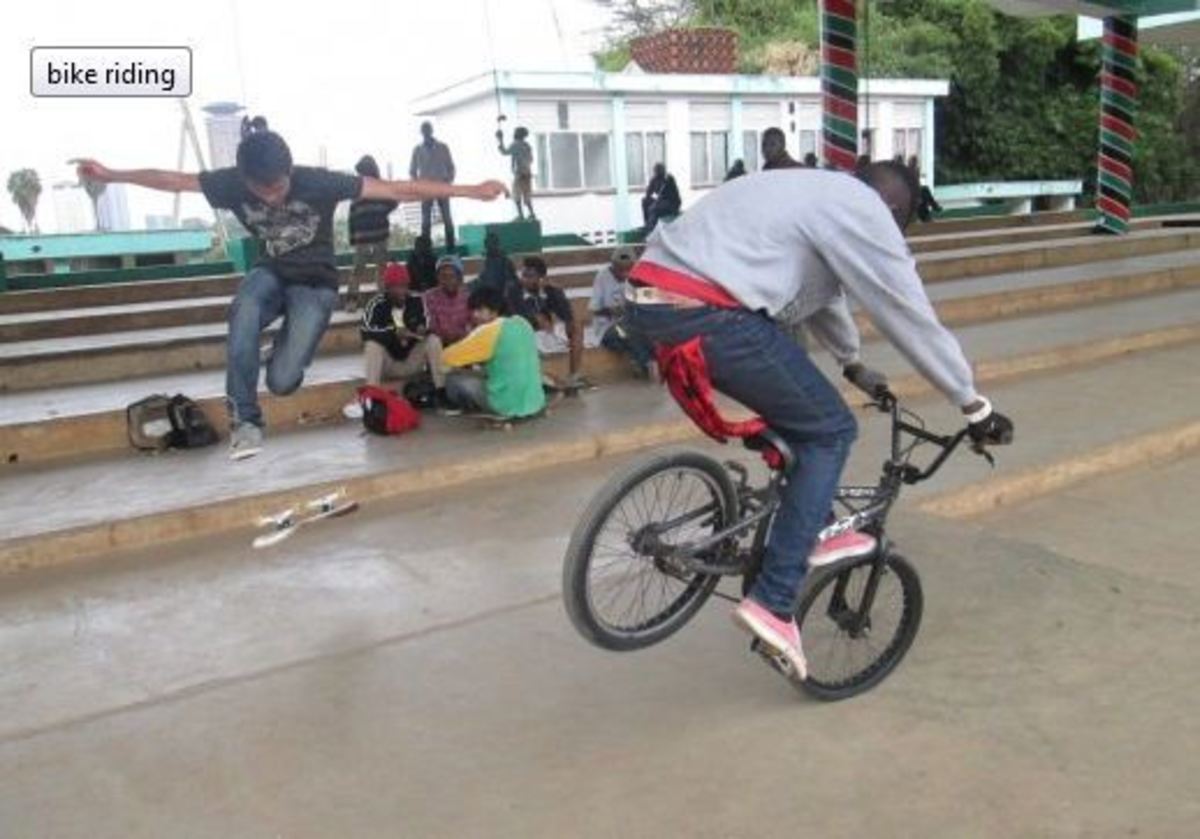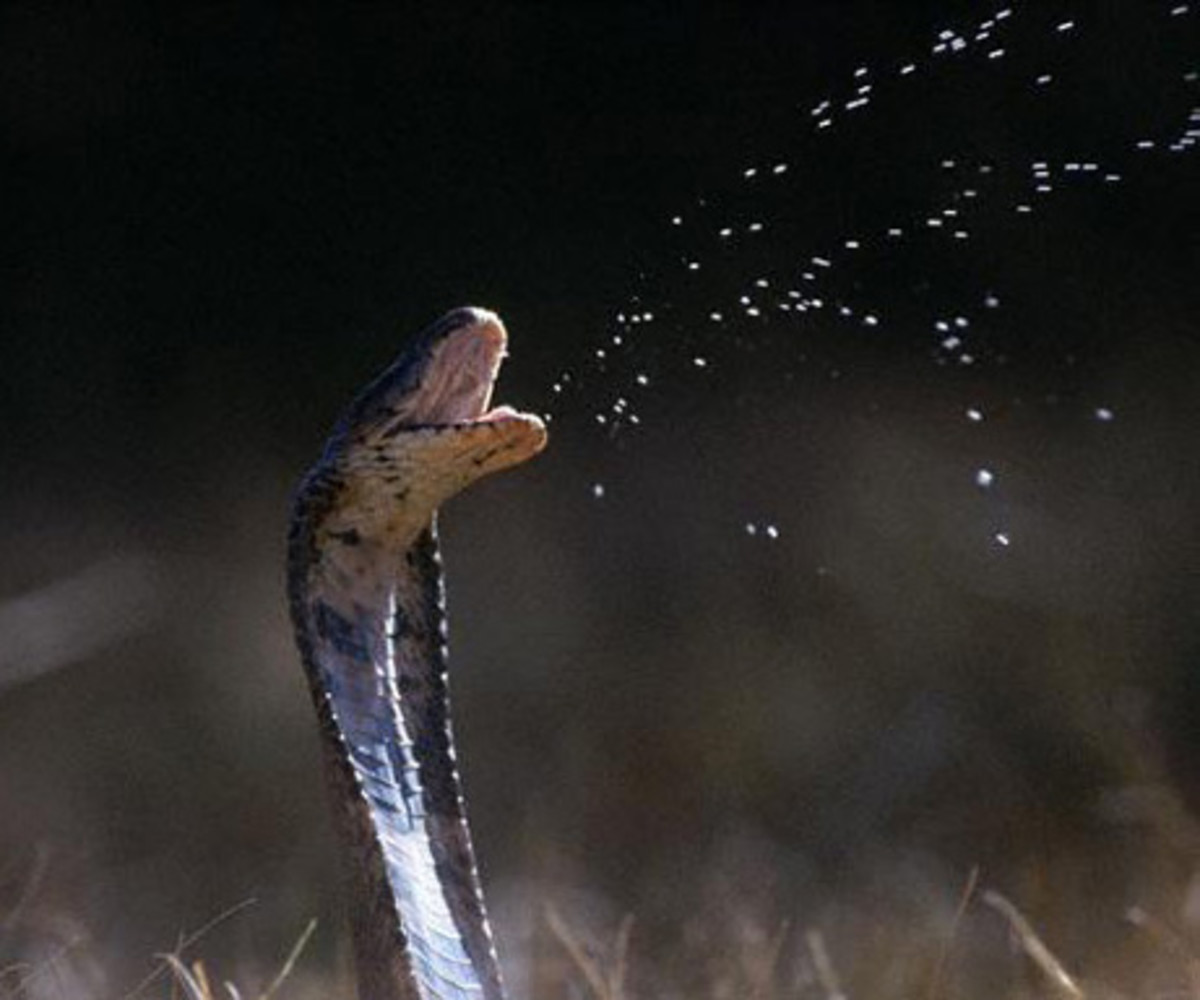- HubPages»
- Travel and Places»
- Visiting Africa»
- Travel to Eastern Africa
Discovering Ethiopia - Africa's Forgotten Land
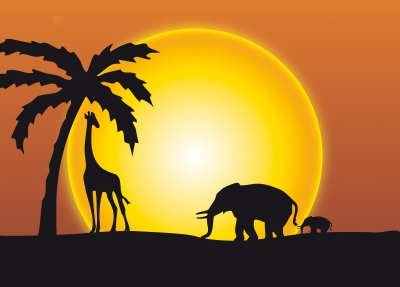
Ethiopia is set along the eastern part of Africa and is surrounded by five countries that include Kenya and Sudan.
If someone mentioned Ethiopia to me a few years ago and asked me what I knew about this country, in all honesty I'd probably tell them that it's somewhere in Africa near the top and that the people living there have seen their fair share of famine and droughts.
But, that's the media for you - always harping on about the "bad" and the "ugly". It's a pity they don't show more of the rich culture of the tribal people who live there, the unforgettable landscape, the aromatic Arabian coffee, or showcase the beauty of the peaceful Gelate Baboons.
There is so much more to Ethiopia than what the media portray. I'd like to share some of the fascinating and special facts that make this country one worth exploring.

Where in the World is Ethiopia?
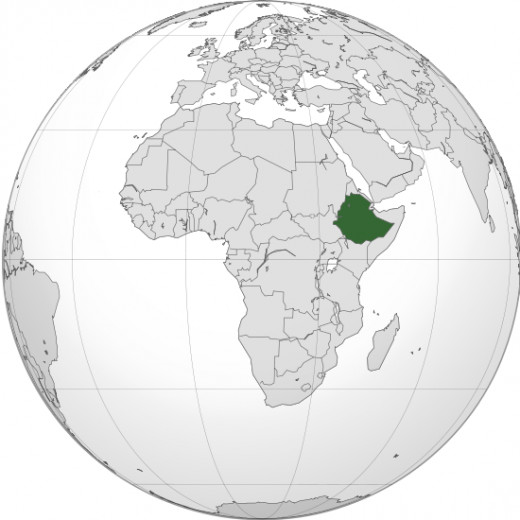
Brief History
Ethiopia is known as the "Horn of Africa" and is the second most populated country on the continent, with over 84 million inhabitants.
As one of the oldest sites of human existence known to scientists, Ethiopia was also part of a monarchy and the Ethiopian dynasty's roots trace back to the 2nd century BC. Alongside Persia, Rome, India and China, the Kingdom of Aksum was one of the world's greatest powers of the 3rd century.
During the 1980s, Ethiopia underwent a series of famines, caused by adverse geopolitics and civil wars. Today, the country is showing signs of improvement and is one of the biggest economics by GDP in East Africa and Central Africa.
Ethiopia was once historically referred to and known as Abyssinia - derived from an early Arabic form of Ehiosemitic name "Habasat". In a few languages today, Ethiopia is still referred to by names that cognate with "Abyssinia".

Population
City
| Area Size
| Population (2007)
|
|---|---|---|
Addis Ababa
| 526.99
| 2,738,248
|
Bahir Dar
| 154,708.96
| 17,214,056
|
Dire Dawa
| 1,558.61
| 342,827
|
Gambella
| 29,782.82
| 306,916
|
Finfinne
| 298,164.29
| 27,158,471
|
Jijiga
| 327,068.00
| 4,439,147
|
Awassa
| 105,887.18
| 15,042,531
|
Languages
- Oromigna 24,929,268 speakers or 33.8% of the total population
- Amharic 21,631,370 or 29.33% (official language)
- Somali 4,609,274 or 6.25%
- Tigrinya 4,324,476 or 5.86%
- Sidamo 2,981,471 or 4.84%
- Wolaytta 1,627,784 or 2.21%
- Gurage 1,481,783 or 2.01%
- Afar 1,281,278 or 1.74%
- Widely-spoken foreign languages include Arabic and English (major foreign language taught in schools)
Religion
- Christianity - 62.8%
- Arabic - 33.9%
- Other religions - 3.2%

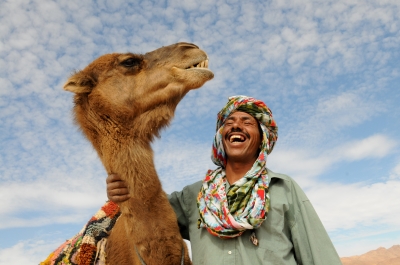
Location and Climate
Ethiopia is the world's 27th-largest country and is similar in size to that of Bolivia in South America.
Situated on the Horn of Africa - Africa's most eastern point, Ethiopia borders Sudan, Djibouti, Somalia, Kenya and Eritrea.
A vast highland complete with mountains and dissected plateaus divided by the Great Rift Valley, is surrounded by lowlands and semi-desert.
Ethiopia is an ecologically diverse country. Desert ranges dominate the eastern border, while tropical forests are present in the north and southwestern parts of the country.
The Blue Nile runs through the country with Lake Tana beginning as its source.
Ethiopia is in the tropical zone lying between the Equator and the Tropic of Cancer.
Temperatures are on average around 25 - 30 degrees Celsius in the cities, however in the desert and on the mountains and low lying areas, temperatures can reach up to 50 degrees Celsius, and drop well below freezing.

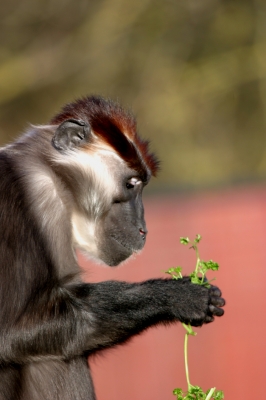
Wildlife and Animals
Some of Ethiopia's wildlife include the African Wild Dog, the Ethiopian Wolf, the Gelada Baboon, Cheetahs, Lions, Shrews, Gazettes, as well as hundreds of different specials of birds.
Many of these animals are endangered due to hunting or habitat destruction. There is much fight over land not only between various animal species, but between animals and the various tribes in the area. Human impact is one of the main reasons next to climate change that is affecting the populations of animals in the various areas throughout the country.
The Gelada Baboon
These peaceful creatures are herbivores and grass is their primary source of food. They are friendly and spend much of their days picking at grass fields, and grooming each other.
They are distinctive in their appearance due to their long hair covering their head and bodies, as well as the red hour-glass shape that appears on their chests once they are fully grown.
The Gelada Baboons stick together in packs, and although the women in each pack are known as the decision makers - unlike most other animal packs - there is still a male leader in each pack. The males are only leaders until they are overthrown by a younger male counterpart and this takes place after a battle between the existing leader and his competition has been fought.
The Honeyguide Bird
This bird guides tribes throughout the forest to various trees where there are nests of honey. The tribesmen watch the trees to find the Honeyguides and follow them to where they land - a tree with a nest of honey. Once the nest is found, a small fire is lit to force the bees out of the nest and the honey is taken.
The tribesmen share a portion of the honey with the Honeyguide bird, for there is a myth that if this is not done, this guide could lead them to a rattlesnake or a lion in wait the next time they're in search of honey.

Tribes
There are hundreds of thousands of people living in Ethiopia that belong to various tribes. On the Lower Omo River in south west Ethiopia, there are eight different tribes alone - consisiting of around 200 000 people.
The remote location of these tribes, means that the traditions of the tribes are still very much intact. Most routes are only accessible by 4-wheel drives.
- The Karo tribe have a population of around 1000 - 1500
- The Hamer tribe paint their faces and braid their hair with feathers and beads. They use ochre and clay in their hair to get the right colour and texture. Women use butter to condition their hair.
- In the Hamer tribe, the groom has to jump over seven bulls before he is declared a "man" and ready for marriage.
- The women of the Mursi tribe, have their lower lip pierced 6 - 12 months before marriage. They are usually between the ages of 15 and 18. The first piercing is done as an incision of the lower lip - 1 to 2cm in length and a wooden peg is inserted. After the wound has healed (after 2 - 3 weeks), the peg is replaced by a slightly bigger peg. At a diameter of 4cm the first lip plate made of clay is inserted. The final diameter of a plate is between 8 and 20cm. Each woman crafts her own plate, and the plate is seen as a symbol of self worth and symbolic value. If a woman decides she doesn't' want to wear it, she is seen as lazy. The lip plate signifies her commitment to her culture and to her husband.

Did You Know?
Ethiopian cuisine consists mainly of breads, stews (known as wat), grains, and spices.
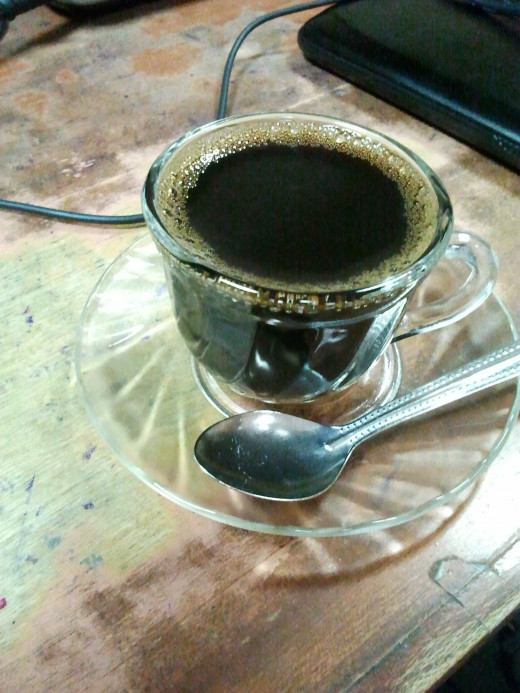
Ethiopian Coffee
Ethiopia is the world's 7th largest producer of coffee, and Africa's top producer. The coffee production in Ethiopia is critical to the Ethiopian economy with about 25% of the population depending directly or indirectly on coffee for its livelihood. The major markets for Ethiopian coffee are the EU, East Asia and North America.
The two main types of Ethiopian coffee are:
- Sidamo
- Harar
Sidamo Coffee
"Ethiopia Sidamo" is a type of Arabica coffee of single origin grown exclusively in the Sidamo Province of Ethiopia. Sidamo coffee is valued for its deep, spice and wine or chocolate-like taste and floral aroma.
The most distinctive flavour notes found in all Sidamo coffees are lemon and citrus, with bright crisp acidity. Sidamo coffee includes Yirgachefe Coffee and Guji Coffee. Both coffee types are very high quality.
Harar Coffee
"Ethiopian Harar" is one of the oldest coffee beans still produced and is known for its distinctive fruity, wine flavour. It has medium acidity and full body and a distinctive mocha flavour.
Harar is a dry processed coffee bean, and can be divided into three categories: Longberry, Shortberry, and Mocha. The Mocha coffee bean is known for having very distinct aromas and flavors of chocolate, spices, and a complex of citrus notes.

How much do you know about Ethiopia after reading this article?
view quiz statistics

The Author
Melanie Chisnall is a freelance writerfrom Cape Town, South Africa.
She spends most of her free time day-dreaming about far off places that she can only imagine to go, and invites you to take a virtual travel tour along with her, discovering fascinating and unexplored places across the globe!


